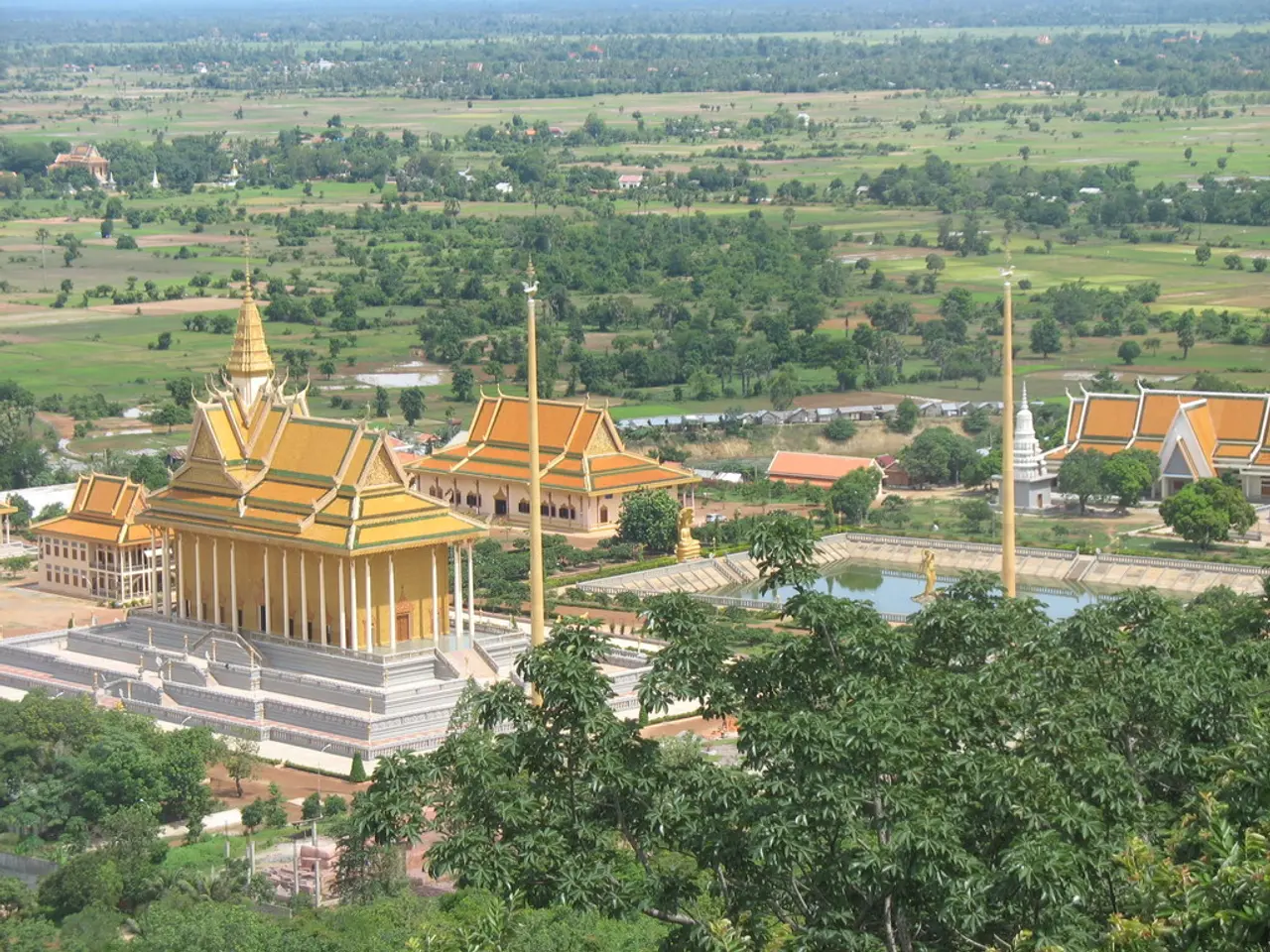Residents Return to Pompeii Post-Eruption, Archaeological Findings Display
Life in Pompeii After the Eruption of Mount Vesuvius
After the catastrophic eruption of Mount Vesuvius in AD 79, survivors and others returned to live in Pompeii, occupying the ruined city for about 400 years until the fifth century A.D. 1, 2, 3
The returnees included survivors who could not afford to settle elsewhere, along with opportunists and destitute people from nearby towns seeking valuables and shelter. The size of this post-eruption population is still unknown, but evidence suggests it was a precarious settlement rather than a fully functioning Roman city. 1, 3
People lived in the upper floors of buildings, as the ground floors were often filled with ash and rubble and sometimes converted into cellars with ovens and mills. The living conditions were informal and harsh, lacking the infrastructure typical of pre-eruption Pompeii. 1, 3
Approximately 15–20% of Pompeii's population (originally about 20,000) died during the eruption, mostly from thermal shock, meaning many survivors remained who could return or relocate. Vegetation gradually grew over the abandoned ruins, creating a difficult but livable environment for these settlers. 2, 5
Some inhabitants may have eventually left after another eruption in AD 472, though this is not definitively confirmed. 2, 5
Archaeological findings in the Insula Meridionalis neighbourhood provide insights into the lives of these settlers. The remains of a horse were found wedged between two beams, suggesting the use of animals for labour. A coin depicting the Roman emperor Marcus Aurelius, dated to AD 161, was found among the artifacts, indicating that people returned to Pompeii just a few decades after the infamous eruption. 1
A small, family-style bread oven from the fifth century was built with reused materials within a Roman cistern in the building. A latrine was constructed for those tending to the baking of bread, and a newborn was interred at the site during the reoccupation of Pompeii. 1
Remains of ceramics and cooking vessels, including a ceramic lamp decorated with an early symbol of Christ, were found in the building's storerooms, dating to the fifth century. These findings suggest that the settlers were not only trying to survive but also create a semblance of normal life. 1
The study of Pompeii's post-eruption period demonstrates that contemporary archaeology is about reading signs in the sediment and understanding relationships among all the surviving physical evidence. For example, some of the vaulted ceilings in a building in Insula Meridionalis didn't collapse until the second to fourth centuries, indicating that the settlers were able to live in these structures for a significant period. 1
Future excavations could reveal how the people reoccupying Pompeii supported themselves, whether it was through salvaging remains of the city, trying to live off the land agriculturally or creating some other form of commerce. 1
Despite the harsh conditions and the eventual abandonment of the city, the reoccupation of Pompeii after the eruption of Mount Vesuvius in AD 79 offers a unique glimpse into the resilience of human spirit and the determination to rebuild and survive even in the most challenging circumstances. 1
1 The reoccupation of Pompeii after the eruption of Mount Vesuvius, though facing harsh conditions, showcases the resilience of human spirit, as individuals rebuilt and survived.
2 Archaeological findings suggest that some settlers in Pompeii after the eruption managed to create a semblance of normal life, as evident from the remains of ceramics and cooking vessels discovered.
3 Evidence from archaeological sites like Insula Meridionalis reveal that the settlers in post-eruption Pompeii engaged in activities such as labor using animals, baking bread, and even burying their newborn children.
4 The study of Pompeii's post-eruption period, focusing on reading signs in the sediment and understanding the relationships among physical evidence, sheds light on contemporary archaeology and the lives of the settlers, providing insights into potential commercial activities or their effort to live off the land agriculturally.




